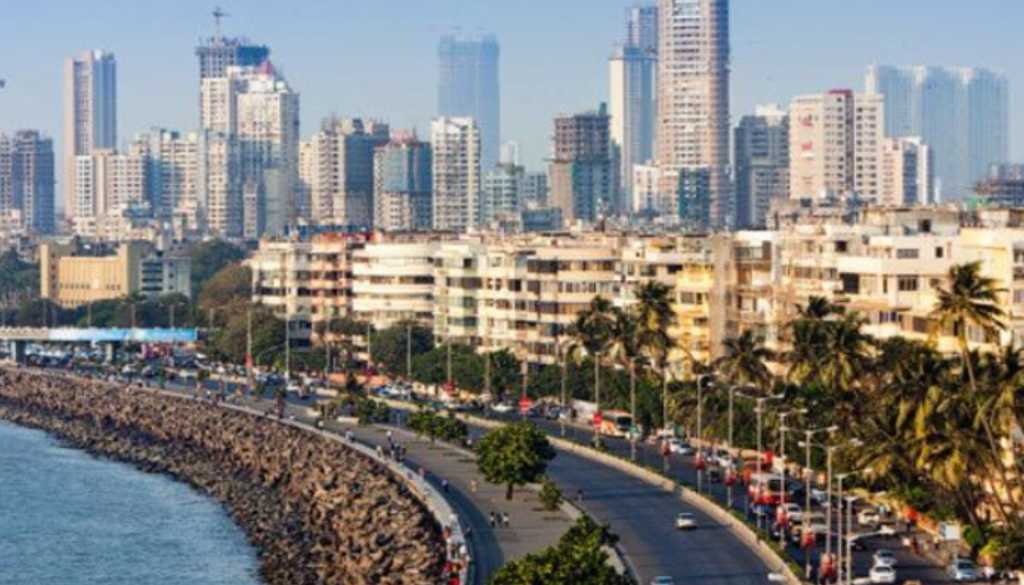Mumbai’s Population Grows to 21.7 Million Amidst World Population Day Observations

Mumbai, 12th July 2024: July 11th marks World Population Day, a global initiative aimed at raising awareness about the challenges and opportunities posed by the world’s growing population.
The global population has experienced exponential growth in recent centuries. It took hundreds of thousands of years for the world population to reach 1 billion, but just 200 years to soar to 7 billion. The United Nations projects further growth to 8.5 billion by 2030, 9.7 billion by 2050, and 10.9 billion by 2100.
India, now one of the most populous nations globally, has surpassed China, according to the UNFPA’s State of the World Population Report. If India’s population continues to grow at its current rate of just under one % annually, it could double within the next 75 years.
Home to over 1.4 billion people, here are the top 10 most densely populated Indian cities as of 2024, based on estimates from the UN World Urbanisation Prospects 2018 released in April 2024:
1. Delhi: New Delhi – Population 33,807,403 (2024) | Population 32,941,309 (2023) | Change Percentage: 2.34%
2. Mumbai: Maharashtra – Population 21,673,149 (2024) | Population 21,296,570 (2023) | Change Percentage: 1.50%
3. Kolkata: West Bengal – Population 15,570,786 (2024) | Population 15,332,793 (2023) | Change Percentage: 1.08%
4. Bangalore: Karnataka – Population 14,008,262 (2024) | Population 13,607,800 (2023) | Change Percentage: 0.97%
5. Chennai: Tamil Nadu – Population 12,053,697 (2024) | Population 11,776,147 (2023) | Change Percentage: 0.83%
6. Hyderabad: Telangana – Population 11,068,877 (2024) | Population 10,801,163 (2023) | Change Percentage: 0.76%
7. Ahmedabad: Gujarat – Population 8,854,444 (2024) | Population 8,650,605 (2023) | Change Percentage: 0.61%
8. Surat : Gujarat – Population 8,330,528 (2024) | Population 8,064,949 (2023) | Change Percentage: 0.57%
9. Pune: Maharashtra – Population 7,345,848 (2024) | Population 7,166,374 (2023) | Change Percentage: 0.51%
10. Jaipur: Rajasthan – Population 4,308,510 (2024) | Population 4,207,084 (2023) | Change Percentage: 0.23%
Key highlights from the latest UN report show that India’s population has reached 1,428.6 million, making it the world’s most populous nation, surpassing China. About 68% of the population falls between the ages of 15 and 64, with 26% in the 10-24 age group, making India one of the youngest countries globally.
Despite its large population, India’s fertility rate has been steadily declining. According to the National Family Health Survey 5 (2019–21), India’s total fertility rate has dropped to 2.0, below the replacement level of 2.1 reported in NFHS 4 (2015–16).
Experts attribute India’s substantial population growth to past population momentum and anticipate a potential decline around 2050.
With the rise of megacities, globalization, and urbanization, Delhi and Mumbai are among the world’s top 10 most populated cities, significantly contributing to India’s total population.
Delhi, with over 33.8 million residents, surpasses the populations of countries like Malaysia and Peru. Mumbai, known as India’s financial hub, is home to 21.7 million people, more than Romania and the Netherlands combined.
Kolkata, a cultural centre, hosts 15.6 million residents, surpassing Greece and Portugal in population, while Bengaluru, the technology capital, boasts 14 million inhabitants, more than Belgium.
Chennai, a southern metropolitan city, houses 12 million people, more than Cuba’s population, and Hyderabad, a major IT and pharmaceutical hub, has 11.2 million residents, exceeding Hungary’s population.
Other cities like Ahmedabad, Surat, Pune, and Jaipur also have populations larger than entire countries such as Hong Kong, Bulgaria, Switzerland, and Norway.
As India continues to urbanize, addressing infrastructure, environmental, and social challenges will be crucial for sustainable and inclusive growth. The government’s integration of these factors into national policies aims to ensure that demographic growth translates into a sustainable future and inclusive prosperity.
On World Population Day 2024, observed on July 11th, the theme “Leave No One Behind, Count Everyone” emphasizes the importance of comprehensive data collection. This approach ensures accurate representation of all individuals in population counts, regardless of background, nationality, geography, or socioeconomic status. Investment in data collection is crucial for understanding issues, tailoring solutions, and fostering development.





